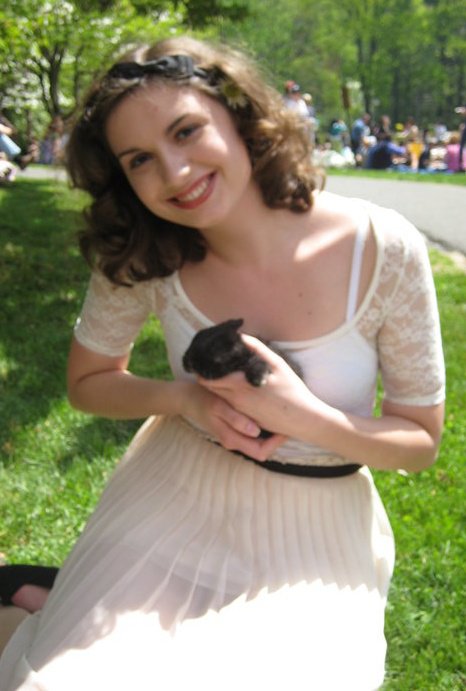by Stephanie Cole
 The undeniable connection between sexism, sexualization, and society’s obsession with a women’s appearance makes an interest in clothing and fashion tough for a feminist to hold on to.
The undeniable connection between sexism, sexualization, and society’s obsession with a women’s appearance makes an interest in clothing and fashion tough for a feminist to hold on to.
There has been many a feminist rant deriding high heels as tools of patriarchal oppression, as well as a vocal consensus that crop tops, tight pants and lip gloss are instruments of “the male gaze.” As a young woman who tries to be constantly aware of sexism and sexualization wherever it appears, I cannot deny that I love clothes. In fact, I would count fashion among the interests and hobbies that define my identity. I can connect it to my interests in art, film and music, and I even find it intellectually stimulating–countering the stereotype that aspects of personal appearance are a mindless and shallow interest. In fact, because it offers the opportunity for a woman to control her own presentation to the world, I believe fashion can be a very feminist pursuit.
But there is an ugly side. Clothing can be wielded as a symbol of class and exclusion. The pages of Vogue and the hallways of a middle school are examples of this. One insists on calling a model who weighs 125 pounds “plus size,” and the other displays the ravages of classism and targeted advertising in its parade of fried, straightened hair, Hollister shirts, and North Face fleeces.
But fashion at its best is inclusive and creative. The recent emergence of style bloggers as the voices of today’s fashion industry is a step in a new, more feminist direction. Style bloggers are unique because they do not answer to the industry. Nor are they in the business of making money. They are merely a person who independently expresses their interest in clothes.
My personal favorite is Leandra Medine, aka The Man Repeller. As her title indicates, she is consistently hilarious, and completely committed to an anti-male gaze approach to fashion. According to her, she first hit upon her concept of “repelling” when she was told by a friend that she may be having relationship problems because men found her quirky style unattractive. Instead of choosing to change, she decided to embrace the idea. While her tongue in cheek blog loves to play with the idea of celibate fashionistas that make men flee, she seriously defines the concept as the radical idea that a women can dress fashionably on her own terms, without catering to what a man may want to see her in.
Another standout is Tavi, the now 15-year-old phenom who is unabashedly feminist. In interviews and on her blog, The Style Rookie, she regularly reflects on her conflicted feelings regarding the countless problems of racism, sexism and unattainable beauty standards within the established fashion industry. Like me, Tavi approaches clothing as a facet of her many other interests, choosing film over designers as her more frequent inspiration.
These two are only a sample of all the fabulous fashion bloggers the internet has to offer. There are “plus size” bloggers, male bloggers, bloggers of all ethnicities and nationalities, and they are all adding to the idea that fashion can be liberating.
Clothing is one of the most frequent arenas in which sexualizing media sticks its seedy mitts. The message the media sends to vulnerable young girls is that clothing is all about popularity, brands, and the ability to attract men. That was the message that ruled my middle school experience and made my appearance a point of anxiety. Come college, as I began the process of psychological recovery most of us require after high school, I decided to throw away my hair straightener, ignore convention, and embrace fashion for my personal self-expression. The experience has been so empowering. I am glad that style bloggers have been spreading the word. Style–like your mind, your body, and everything–belongs to you, and no one else.

Once again, SPARKteam bloggers have written an incredibly insightful, frank and real commentary on one of those snarly, complicated issues for feminists–young and old. The question of what it means for us when we play with and express ourselves with our appearance, whether we can break out of the tiny portrait of what’s considered beautiful or sexy, seems to me such an important key to connecting to yourself. Being judged by oneself and others only for our appearance, to the exclusion of what we can do in the world (including being creative in how we present ourselves and live in the world!), is the rub. Thanks Culley for your honest and honestly helpful blog!